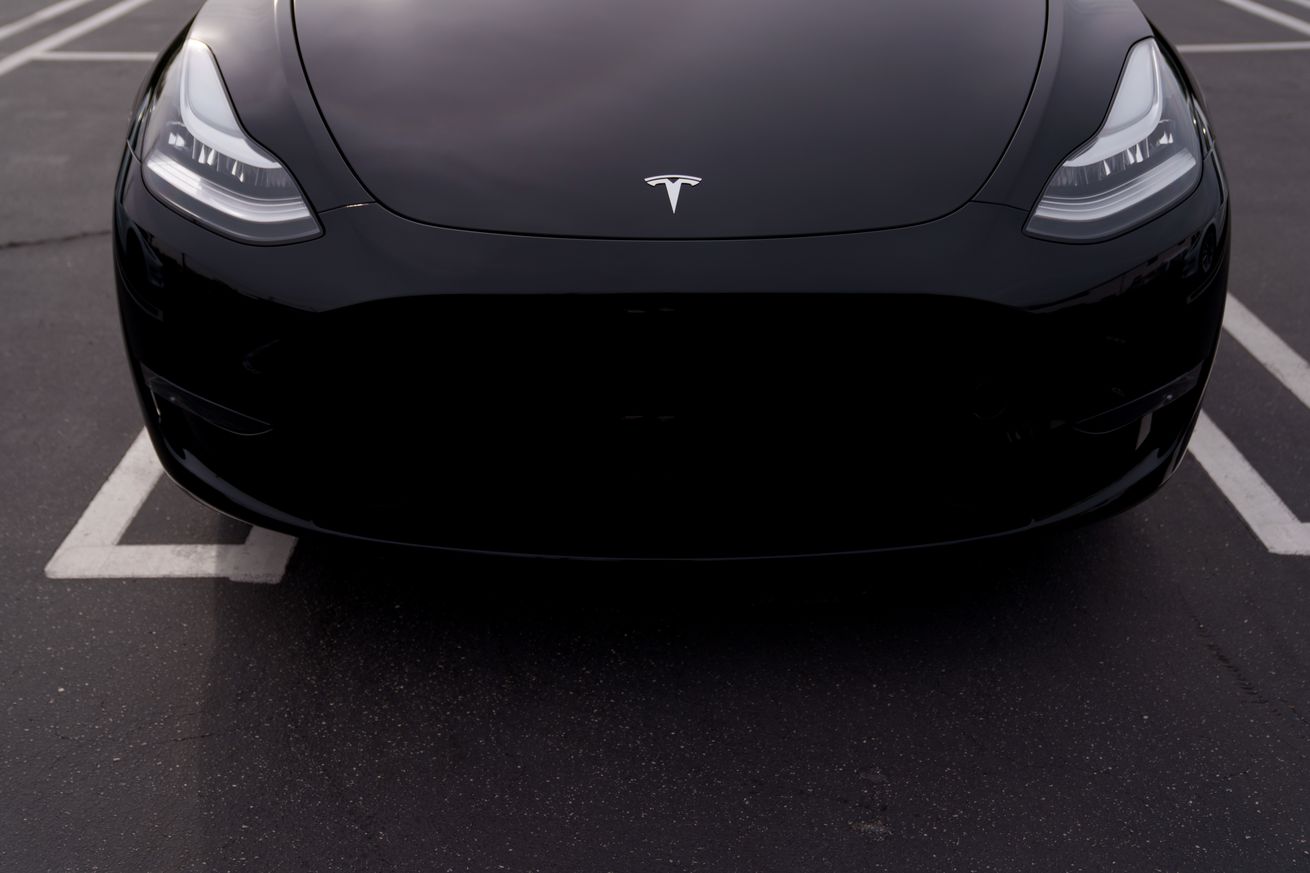
The Treasury Department just fixed the EV tax credit’s Tesla Model Y problem
The US Treasury Department says it is modifying the electric vehicle tax credit to potentially allow more vehicles to qualify — for now.
In a press release, the department said that to determine whether a vehicle is a sedan, SUV, pickup truck, or van, it would use the Environmental Protection Agency’s Fuel Economy Labeling standard rather than the EPA’s corporate average fuel economy, or CAFE, standard.
In plain language, this could clear up some of the confusion around which vehicles qualify for the $7,500 tax credit, which was written into law last year as part of the Inflation Reduction Act (IRA).
In plain language, this could clear up some of the confusion around which vehicles qualify for the $7,500 tax credit
“This change will allow crossover vehicles that share similar features to be treated consistently,” the Treasury Department said in a release. “It will also align vehicle classifications under the clean vehicle credit with the classification displayed on the vehicle label and on the consumer-facing website FuelEconomy.gov.”
People who purchased or took delivery of vehicles after January 1, 2023, that did not qualify under the EPA’s CAFE standards, but satisfy the IRA’s other requirements, can now claim the credit, the agency adds.
Previously, certain vehicles marketed as crossover SUVs were found to be classified as sedans under the EPA’s CAFE standard, including General Motors’ Cadillac Lyriq and certain versions of the Tesla Model Y. This left them ineligible for the tax credit because their suggested retail price — around $63,000 for the Lyriq and $66,000 for the long-range Model Y — exceeded the $55,000 price cap for sedans.
An updated list on the IRS’s website now includes the Lyriq and Model Y under the $80,000 price cap applied to qualifying SUVs. (For more detail on the federal government’s labyrinthian classification system for new vehicles, I recommend checking out Michael Grinshpun’s very good deep dive on CleanTechnica.com.)
The classification back-and-forth has angered automakers, including Tesla CEO Elon Musk, who called the decision to disqualify certain Model Y trims while allowing the credit for plug-in hybrid vehicles like the Jeep 4xe “messed up” and urged his supporters to complain directly to the IRS.
The classification back-and-forth has angered automakers, including Tesla CEO Elon Musk
The Alliance for Automotive Innovation, which represents GM and other manufacturers, had urged the Treasury Department to allow automakers to self-certify their vehicle based on how they were being marketed.
On Friday, John BoZzella, the alliance’s president, called the updated classification guidance “[a] good very good decision that clears up some EV tax credit confusion and instantly helps customers shopping today (and tomorrow) for an electric crossover or SUV.”
“We have long advocated for the IRA’s tax credits to be as widely accessible as possible, and crossover SUVs are the fastest growing segment in the market today,” Albert Gore, executive director of Zero Emissions Transportation Association, said in a statement. “In short, this announcement is great news for American drivers!”
Of course, the updated list of qualifying vehicles may only be good until March, when the Treasury Department is expected to release its guidance on how to apply the IRA’s strict critical mineral and battery component requirements.
Last week, Senator Joe Manchin (D-WV), who helped craft the EV tax credit, introduced a bill that would temporarily block the tax credit from being handed out, calling the IRS’s delay in releasing the battery component rules “unacceptable.”

